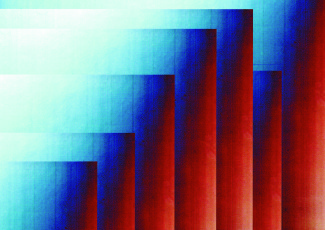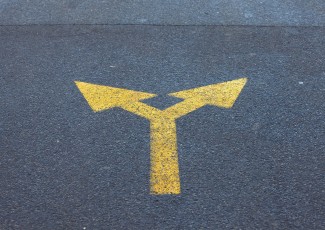The Power of P-TECHs: Dual Enrollment for In-Demand Jobs
By George Lorenzo
May 1, 2014
New York high schools work with local colleges to create more focused education-to-career pathways.
High schools that offer early college tracks, commonly called dual-enrollment programs, are a growing trend at the nation’s K-12 schools, especially for high-performing students who plan to pursue in-demand careers.
In New York State, for example, the growth of six-year technology education and training programs, called P-TECHs (Pathways in Technology Early College High School), offer high school students the opportunity to earn an associate degree and learn valuable skills for future jobs in technology, manufacturing and health care.
The Albany Business Review reports that there are currently 16 public–private P-TECH partnerships in New York state, including three in the Albany region that focus on health care, manufacturing, and clean technologies and sustainable industries.
Working with local industry
Hudson Valley Community College (HVCC) in Troy, N.Y., is working with local high schools, Questar III BOCES (one of 37 Boards of Cooperative Educational Services in New York state) and several major corporations to launch two P-TECH programs this fall with the aid of a $2.8 million grant.
“HVCC, along with our industry partners, GE Health Care (General Electric’s worldwide healthcare services) and Regeneron (a pharmaceutical company), have demonstrated a significant commitment to local students by working with us to plan and implement the P-TECH program,” says Donna Watson, assistant superintendent of curriculum and instruction for the Troy City School District. “This will be a game changer for our kids.”
Representatives of the local workforce community are equally enthusiastic about the program.
“We are extremely fortunate to have a community college in our region that is so willing to work closely with our high school faculty to create viable pathways in high-demand career areas for students,” says Ted Hennessey, a Questar III specialist.
High school meets college
Troy high school teachers recently met with HVCC professors to map out some of the math courses students will need to earn an Advanced Regents Diploma and to prepare for college-level courses as part of the P-TECH program, which will include three years of high school algebra, geometry and trigonometry. Each year, students will have two periods of math. During their senior year, students will go to the HVCC campus to take a college-level math course.
Other plans include “site visits to established early-college high school programs to familiarize core partners with the P-TECH model, as well as consulting and planning with HVCC academic departments to determine which courses should be included as part of the foundational courses students will need to take in order to pursue these degree paths,” says Suzanne Brownrigg, director of the College in the High School program at HVCC. “Students will possess the knowledge necessary for successful degree completion and career readiness in both advanced manufacturing and biotechnology pathways, and they will be qualified candidates for employment.”
Report demonstrates success
The workforce-training nonprofit Jobs for the Future (JFF) tracks the growing trend toward P-TECHs and other dual-enrollment programs nationally. In Early College Expansion: Propelling Students to Postsecondary Success, at a School Near You, JFF states that 90 percent of early-college students go on to earn a diploma, versus 78 percent of the general student population. What’s more, 94 percent of early-college students earn college credit while still in high school, compared with just 10 percent of high school students in general.
So what makes dual-enrollment programs so successful? JFF associate vice president for high school through college Michael Webb and co-author of the report Carol Gerwin suggest that the key lies in creating “rigorous yet supportive environments that embrace acceleration over remediation.”
Does your college have a P-TECH program or something similar? We want to hear about it.










